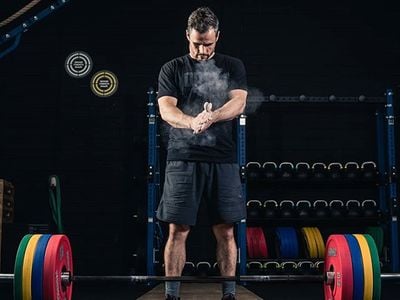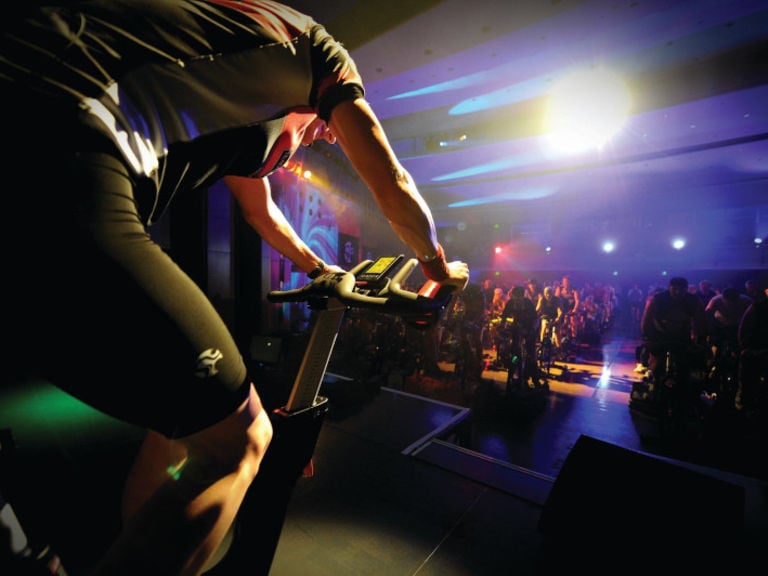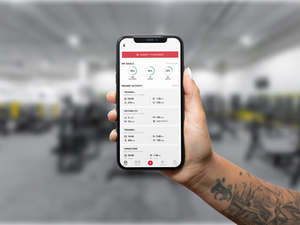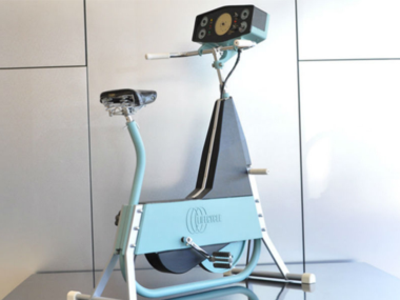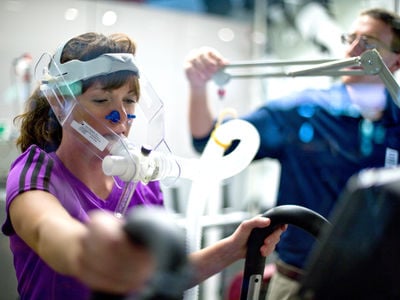“Exercise can actually melt visceral fat,” says the study author.
The most dangerous kind of body fat isn’t the kind you can see in the mirror.
The fat that causes the most health concerns is deep abdominal fat that surrounds the internal organs, commonly known as visceral fat.
New research from the United States has looked at the best way to target this kind of body fat.
The verdict? Exercise.
The study
Researchers from UT Southwestern Medical Center compared two groups that wanted to target their body fat: those who exercised and those who took medication.
There were more than 3000 participants and researchers measured their changes in visceral fat over a six-month period.
The participants were 65 per cent female with an average age of 54. They also had an average body mass index (BMI) of 31, which is considered obese.
The study used CT and MRI scans to determine which kind of fat the participants were losing.
“Visceral fat can affect local organs or the entire body system. Systemically it can affect your heart and liver, as well as abdominal organs,” said senior author Dr. Ian J. Neeland.
“When studies use weight or body mass index as a metric, we don’t know if the interventions are reducing fat everywhere in the body, or just near the surface.”
The researchers found that both exercise and medication helped reduce visceral fat.
However, exercise was more effective at overall reduction per pound of body weight.
“The location and type of fat is important,” said Dr. Neeland. “If you just measure weight or BMI, you can underestimate the benefit to your health of losing weight. Exercise can actually melt visceral fat.”
One major limitation of this study is that it did not measure diet and nutrition. Future studies will have to include this variable but these results are promising.
The study has been published in Mayo Clinic Proceedings.
Reference
1 Rao, S. et al. ‘Effect of Exercise and Pharmacological Interventions on Visceral Adiposity: A Systematic Review and Meta-analysis of Long-term Randomized Controlled Trials.’
Mayo Clinic Proceedings, 2019; 94 (2): 211 DOI: 10.1016/j.mayocp.2018.09.019




